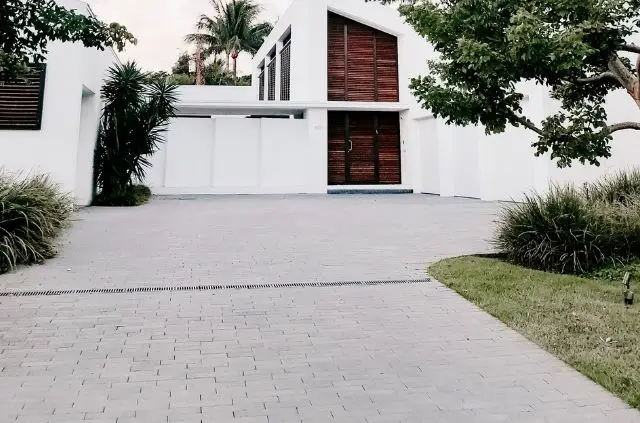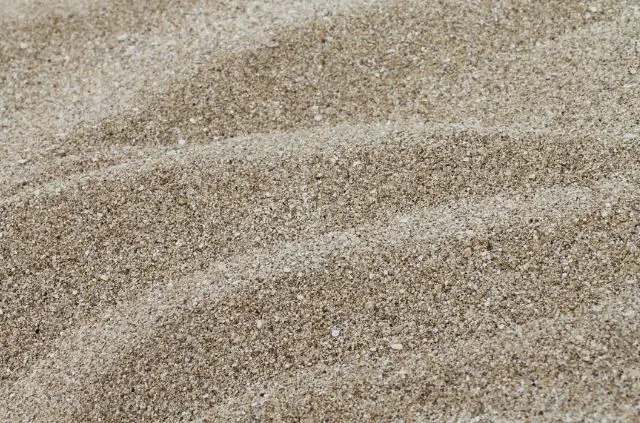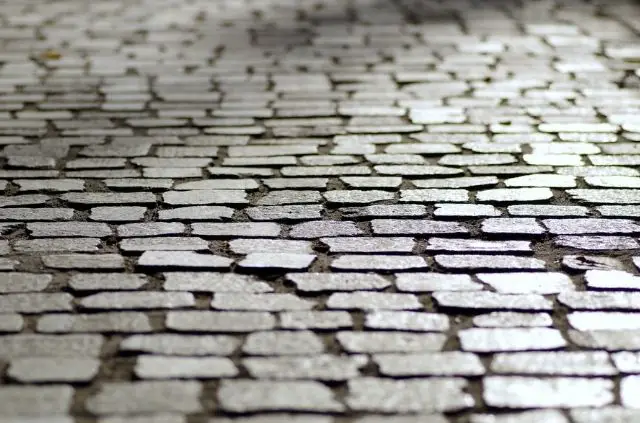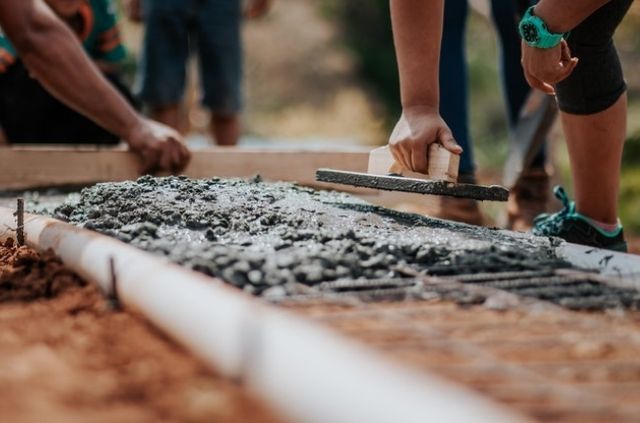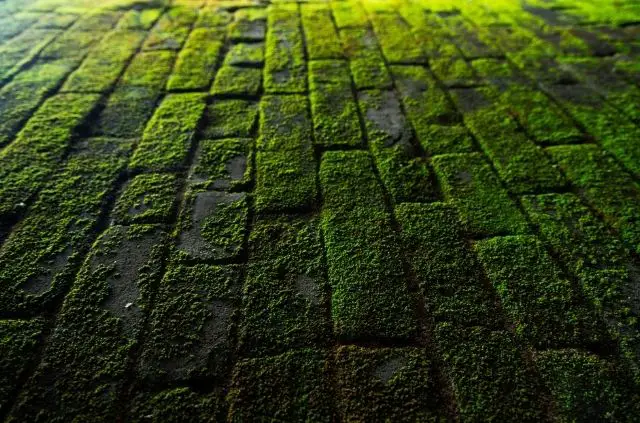How Long to Wait Before Sealing Pavers?
Designing a patio out of pavers can completely transform the look and feel of your backyard. This building material makes your outdoor living space more classy and it’s a job you can do yourself. But how long should you wait before sealing pavers? Learn what factors impact this answer below.
You should wait at least 24 hours after installation, before sealing the pavers. This will allow enough time for the joint sand to settle and dry. Let’s take a look at the paver installation process and the best way to seal the surface.
What are Paver Blocks?
Pavers are construction materials typically made out of concrete, brick, or natural stone. They range in sizes from small to large, which gives you plenty of options when it comes time to customize your patio. Installing pavers around your home can be a quick way to modify your outdoor living space.
Most homeowners will replace their standard concrete walkway or patio with pavers, to add some value to their property. What’s so appealing about paver blocks is they can be very affordable and easy to install. You can check out the do-it-yourself steps listed below, to get an understanding of how to install pavers.
What are Sealants?
The finishing step to installing pavers is to spray down a high quality sealant. This protective layer has many benefits and can help your patio last for a long time.
Sealants are basically a barrier between your pavers and whatever come in contact with the surface. They can help protect the pavers from normal wear, but they also provide aesthetic benefits.
Sealants can give your patio a wet look, that some people find more appealing. There are also sealants that provide UV protection, which will help prevent your pavers from becoming discolored over time.
How Long to Wait Before Sealing Pavers?
Paver blocks are much different from other materials like asphalt or concrete, because they don’t require any time to settle. It can take days for asphalt and concrete to finally hold their form and you have to keep people off the surface during this time.
But what about pavers? Even though pavers don’t need any time to dry, the act of applying joint sand does require water in order to active the material.
That means you will need to wait until the surface is dry, or 24 hours to be safe. Spraying down the joint sand with light amounts of water will help bond the pavers together, making them stronger in the process.
How to Install Paver Blocks
If you want to get the most out of your patio, it’s crucial that you install pavers the correct way. This means establishing a solid base before laying down the blocks, adding joint sand, and finishing up by spraying a high quality sealant.
1. Area Preparation
There are a couple of important steps you need to follow, before you can even place down a single block. The first thing you need to figure out is the square area. It doesn’t matter if you’re building a patio or driveway, you will need to establish the square footage, so you can buy all of the necessary materials.
If you plan on building a 30′ by 30′ patio, multiply these two numbers to figure out the square footage. In this example you would need to purchase 900 square feet of paver materiel for the project. But you should buy slightly more than this number to allow for any cutting of the blocks that may be required.
2. Start Digging
Once you’ve got your lot mapped out, it’s time to start digging. For smaller outdoor projects this step can easily be done with a handheld shovel. But if you’re working with a large surface area, you might want to consider renting an excavator. The other option is to outsource this digging to a professional.
In order to prepare for the base layer and pavers, around 8 inches of dirt should be removed from the ground. This will provide enough room for gravel, sand, and concrete blocks. You will need to design the patio to have a slight grade, which will allow proper water drainage and prevent any water spots building up from rain.
3. Add Gravel & Sand
When enough dirt has been removed from the ground you can start building a base layer. This layer will be made up of gravel, sand, or a combination of both. These materials will allow the pavers to stay on the ground and prevent them from shifting or sinking with rain. Pavers placed directly on dirt will begin to sink with time.
The best material for the base layer is medium grade gravel. Lager rocks will allow to much water to drain through the pavers, while smaller pieces of gravel will prevent proper water drainage. Once the gravel has been added you can finish up by applying a layer of sand. Use a flat board to spread over this sand and even out the surface.
4. Install Pavers & Joint Sand
You can finally begin to place down the pavers when the base level has been established. The best method is to start at one corner and work your way out. This will minimize the amount of cutting and make things easier. You can map out your paver pattern on a piece of paper first to stay consistent and keep from getting lost in the process.
After the last paver has been placed down you can finish up by applying joint sand (also known as polymeric sand). This material is very fine and it’s specifically made to prevent pavers from shifting with normal wear and tear. You can use a broom to push the joint sand further in between the cracks of the pavers to fill them.
5. Spray Down Sealant
You probably found this article because you wanted to learn how long you need to wait before sealing pavers. The answer is quite simple. You will need to wait as long as it takes for the joint sand to dry. As we briefly mentioned above, the joint sand must be sprayed down with water in order to help active the material and bond the pavers together.
If you want to be safe however, you should wait a full 24 hours before spraying down a high quality sealant. It helps to check the weather ahead of time to make sure there is at least 2 days in the forecast without rain. The sealant will need to be applied with a pump sprayer and it will require at least 2-3 hours to dry completely.
Final Thoughts
Hopefully this article has helped you understand how long you need to wait before sealing pavers. You should wait until the joint sand has fully dried, or 24 hours to be safe.
The most important thing is working with a dry surface when it comes time to spray down the sealant. If you begin this process too soon, the sealant will not be able to bond to the surface effectively.
That means the pavers won’t be protected, because they won’t have a layer of sealant on them. Make sure you take the time to do this project the correct way, so you can produce professional and lasting results.
Further Reading
Search Terms
- How long to wait before sealing pavers?


